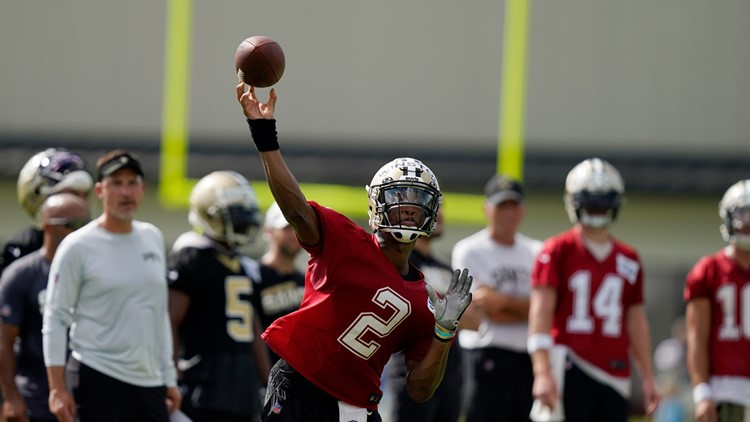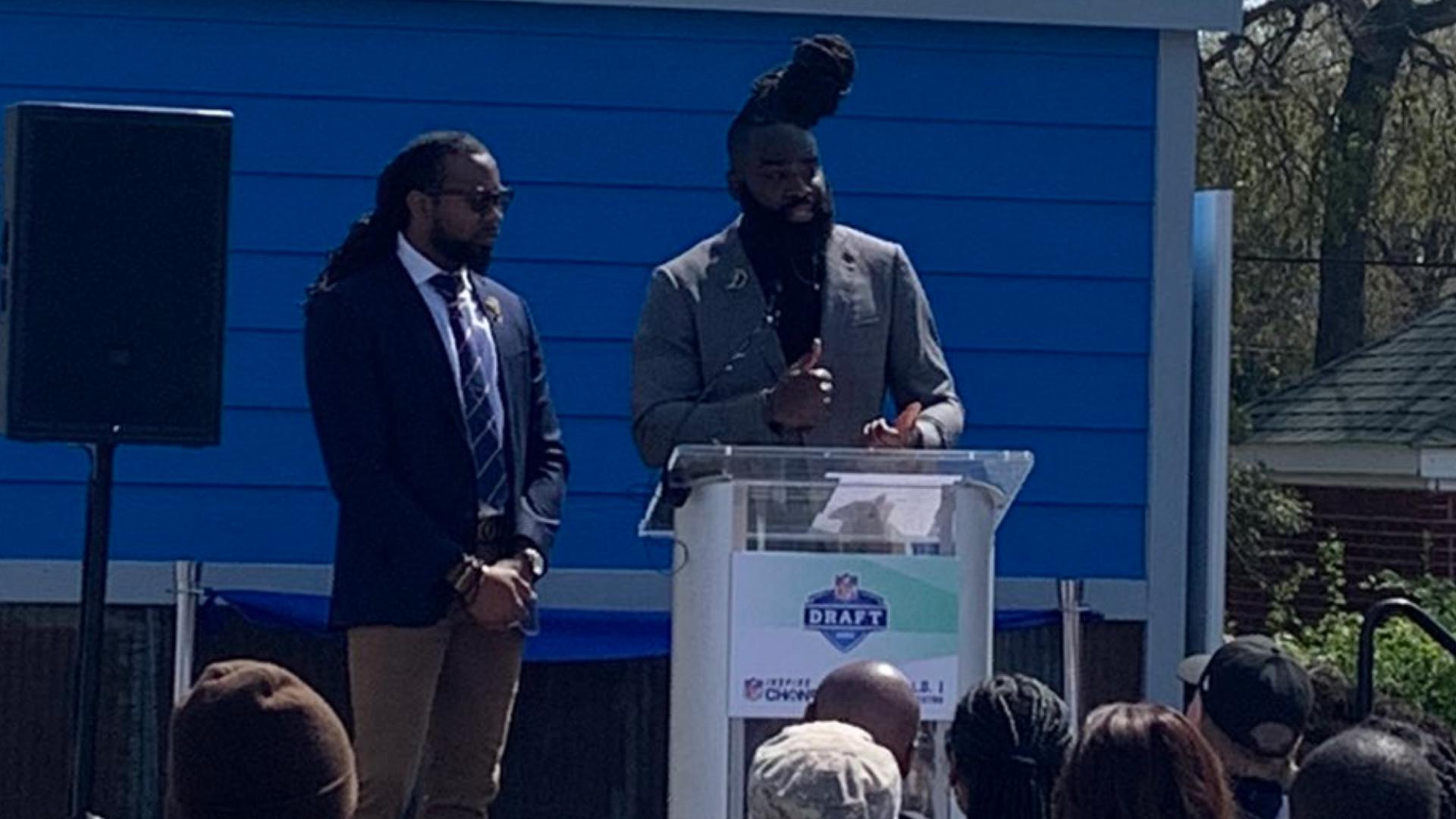NEW ORLEANS — During the game, the Saints turned over the ball multiple times. Three of the turnovers were interceptions thrown by quarterback Jameis Winston. And he was actually playing with what sounds like a pretty serious injury - four fractures in his back. How might it have impacted his play?
We know NFL players are tough. Many New Orleanians remember finding out that Drew Brees played through major foot and shoulder injuries in addition to the lung and rib injuries that were made public.
Well, now it appears his successor, Jameis Winston has taken a page out of Brees’ playbook.
“Well first of all, he's pretty tough, obviously. OK? So, kudos for him for playing in this, and going through it and want to be with his teammates,” said Dr. Najeeb Thomas of Southern Brain and Spine in Metairie.
Neurosurgeon and spine specialist Dr. Thomas is not Jameis' physician but says the four spine fractures reported are not ones that can cause paralysis.
“These are vertebrae fractures that are not going to risk him damage to his spinal cord, damage to his nerves that people often think of.”
Dr. Thomas says the fractures span the mid to lower back, on these spike-like bones that stick out away from the spine. They are not responsible for spine stability, and are not weight bearing. They could be either hairline fractures, like cracks, or avulsion fractures, when a small piece of bone attached to a tendon or ligament, gets pulled away from the main bone.
But the injury goes beyond bone.
“In addition to the injury to the bones themselves, there's obviously soft tissue injury around it. There's usually blood that collects, and also hematoma, and swelling, and those sorts of things, which can be painful,” Dr. Thomas explained.
And it goes beyond those soft tissues.
“Guarding means muscles spasm, which is involuntary contraction of the muscles in order to prevent movement, and you can begin to stiffen up a little bit, and reduce range of motion, and reduce movement certainly.”
The brace Winston was wearing can help absorb some of the blows from defensive ends, but Dr. Thomas says still, range of motion, timing, and ability to perform at peak levels demanded in the NFL, can be affected.
“Soft tissue injuries generally, as the game goes on, and you get repetitive hits, they can stiffen up, and become even more, more painful.”
So could that explain the 4th quarter? We don't know.
Now, these injuries heal on their own, and do not require surgery.
It can take several weeks. Therapy, stretching, and not getting repeated trauma, are recommended.



